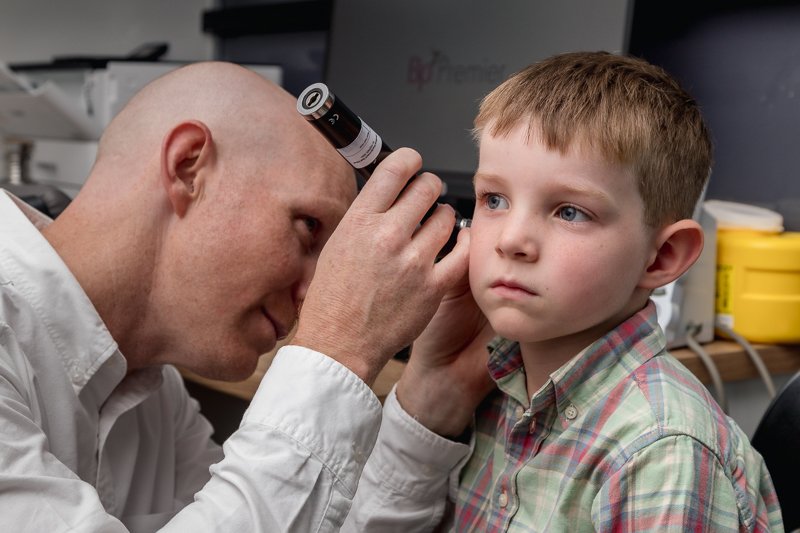The most common type of melanoma usually appears as a flat or barely raised lesion with irregular edges and different colours. Fifty per cent of these melanomas occur in preexisting moles.
Why is melanoma known as "Australia's national cancer?" According to statistics, Australia and New Zealand have the highest melanoma rates in the world.
One person dies of melanoma in Australia every five hours.
Melanoma makes up 20% of all cancer cases of Australians between 20-39 years old, making it the most common cancer in young Australians
1 in 14 Australian men and 1 in 24 Australian women will be diagnosed with melanoma sometime in their life
Fortunately, when discovered early 90% of cases can be cured through surgical removal of the primary melanoma, and there is a 90% chance of surviving 5 years with melanoma. It is crucial therefore to identify melanoma in its earliest stage.
First Signs of Melanoma
There are several distinguishing characteristics of melanomas that should raise flags. Experts call this the ABCDE's of melanoma detection:
When the form of the growth is Asymmetrical or having two halves that don’t match each other
When Borders are irregular, ragged or blurry
When the Colour is unusual and varied
When the Diameter exceeds 6 milli meters (about the size of a pencil eraser)
When the growth or mole has Evolved, grown or changed in any way.
“Most melanomas appear as an unusual freckle or mole. They are pigmented, which means they are coloured and usually darker colours like brown and black. They may also have a grey, tan, red or blue pigment. There is a rare form of melanoma which has no pigment.”
“For women, most melanomas, about 35%, appear on the legs, and men, about 40% of all melanomas, appear on the back. Most Melanomas share common characteristics like an irregular border, asymmetry or colour variation. It’s important to note that not all melanomas show the common characteristics and some lesions which do show these characteristics turn out not to be melanomas.” Dr Richard Barker
When you have a mole or growth that fits the above descriptions or appears suddenly, see your doctor immediately for a skin examination.
New Hope
A team of Australian Researchers have been successful in trialing a combination of new treatments to prevent even Stage III melanoma from spreading or metastasising.
“These results will change the way we treat melanoma patients as well as their quality of life,” says study author Professor Georgina Long, Conjoint Medical Director of Melanoma Institute Australia and Chair of Melanoma Medical Oncology and Translational Research at The University of Sydney.
“Until now, Stage III melanoma patients who have had their tumours surgically removed have simply had to play the waiting game, to see if their melanoma would metastasise or spread. Living with such fear severely affected them and their loved ones.
“Results from these clinical trials suggest we can stop the disease in its tracks – effectively preventing it from spreading and saving lives. Our ultimate goal of making melanoma a chronic rather than a terminal illness is now so much closer to being achieved,” she said.
Research has shown that advanced (Stage IV) melanoma that could not be removed surgically can be successfully treated with targeted and immune therapies.
“These clinical trials show we now have ammunition to prevent melanoma spreading and progressing, which until now was a critical area of disease behaviour where we had no control,” Professor Long said.
“This will change how melanoma is treated around the world, as we no longer have to passively wait to see if the melanoma spreads.”
As long as it is diagnosed at an earlier stage, melanoma can usually be actively and effectively treated. Most importantly, we can now eradicate the dreadful anxiety that comes from knowing that the lesion can progress to a terminal level. Instead, we can now ensure better outcomes for patients.






